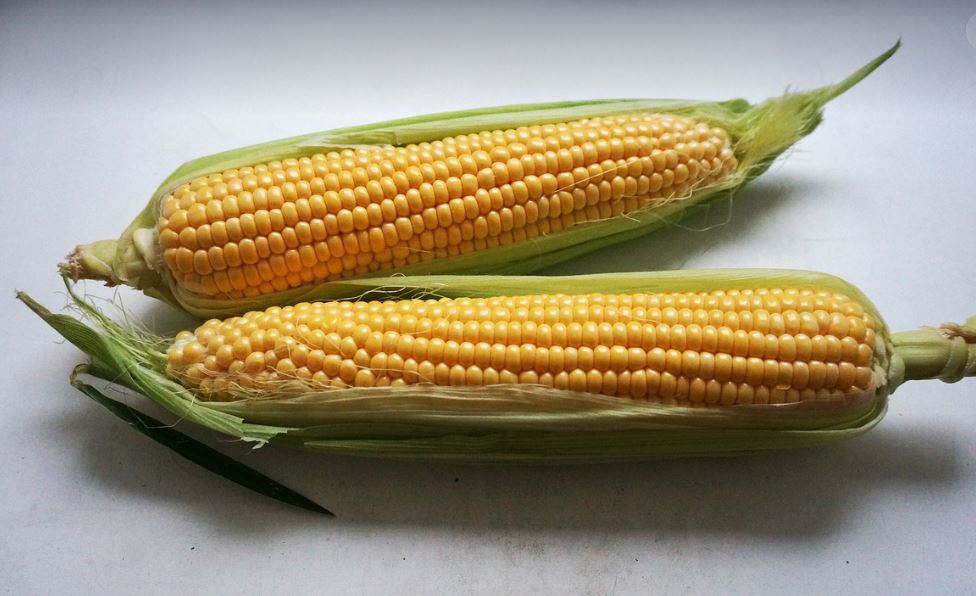Porto Alegre, November 12th, 2024 – The Brazilian corn market saw another week of highs. Offers are appearing, business is moving forward, but prices have shown a profile of constant highs. It cannot be said that producers are not selling because the market is managing to supply itself. The requirement of a higher price in well-paced sales by producers has been counterbalanced by short-term stocks of the consumer sector and the need for volumes to meet export shipments. So, while offers emerge, there is equivalent demand in a worrying exchange rate situation for the Brazilian market. There is still some expectation of selling pressure at the turn of the year, and it will be important to assess regional buying interest.
While much of the world demand is trying to drive to US corn, Brazil is having difficulty in substantially increasing its shipments. Competition with domestic demand continues to be a key point in balancing this flow and preventing exaggerated shipments that involve a risk to domestic supply. However, trading companies have already liquidated soybean operations in 2024 for new business and should only return with the harvest of the new season. Thus, spaces in logistics are emerging, in road and railway freight as well as in port space. So, from now until January, the only product available to make this logistics work is corn in second-crop regions and also wheat in Rio Grande do Sul.
This week, Brazilian corn export commitments reached 31.8 mln tons accumulated between February and November. The first appointments are starting for December and we will still have January free for exports, of course, should there be domestic availability. So, we are heading for 38 to 40 mln tons this business year, with potential carryover stocks of 7 to 9 mln tons.
The continuity of the market for the first half of 2025 has a preponderant factor, which is the rather low summer crop in terms of planted area, despite excellent weather conditions. A summer crop of 24 mln tons in the Center-South in the first half of the year together with the carryover stocks would mean a supply of 31/33 mln tons. Demand for the period could be between 44/45 mln tons in the period. Therefore, we will need imports, perhaps to meet the most feasible regional demand via ports and/or an entry of the second crop with some volume in June and July to complete this demand for the first half of the business year. We would need at least 10 mln tons to be reaped in this period to meet the end of the off-season until a faster arrival of the second-crop harvest.
That is why the domestic market tries to compete with exports by not allowing “easy” deals in volume. However, trading companies have shown the strength to offer prices of BRL 75/77 at ports and attract volumes or BRL 60/63 in Mato Grosso, BRL 60/65 in Matopiba, and BRL 62/65 in Goiás. In other states, the market pays better, which results in more difficulties in finalizing shipments. One of the points that still mitigates this situation is the premiums in the Gulf of Mexico, which rose significantly last week, reducing the difference between the prices in Brazil and the United States.
In the South region, supply seems good enough for local needs. Prices rose again, with Paraná approaching BRL 70 on average. In Rio Grande do Sul, the demand for wheat continues as a way to replace corn as much as possible until the new crop starts in January. In the Southeast, the market finds offers in Minas Gerais, but prices rose again over the week, with sorghum at BRL 60 and corn at BRL 65. In São Paulo the picture is somewhat tight, with weak price appraisal in cooperatives and traders, high prices for taxed corn, and short stocks in the hands of the private sector. During the week, prices in the interior remained at BRL 72/74 FOB, while taxed corn rose to BRL 74/75 CIF plus ICMS. In the Midwest of the country, there is plenty of demand in Mato Grosso, both from regional domestic consumers and trading companies. Deals between BRL 58/63 are now more common in the local market. In Mato Grosso do Sul, offers only for the north of the state. In Goiás, the week showed a good business pace at BRL 62/64 but closed with demand at BRL 64/65 for December/January.
In general, there is enough supply to meet domestic demand until the start of the regional summer crop. Of course, states that do not have summer production will likely suffer more from low availability from February onward. Fortunately, the rain has been very good so far, at least for the summer crop development.
Safras News

